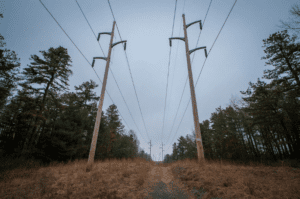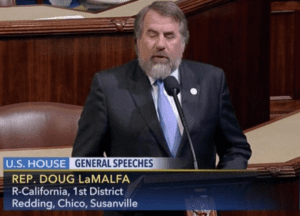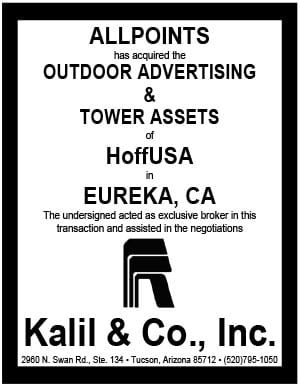
New federal legislation lays out a public-policy rationale for vegetation control on public lands: safety, fire prevention, and protection of electric-power lines.
Vegetation-control legislation was included in a massive spending bill signed March 23 by President Trump. The President said he signed the overall bill reluctantly, in order to advance defense and national security.
Utilities sought the vegetation-control legislation. Jason Riederer of the National Rural Electric Cooperative Association explains:
The purpose is to allow utilities to clear vegetation and trees within or near their rights of ways easier. We have had trees near our power lines which we reported to agencies, but their lack of response time led to trees falling, which sparked wildfires and then our cooperatives were charged with (fire) suppression bills, which obviously was not fair.”
The new legislation amends the Federal Land Policy and Management Act of 1976 to:
- Define a “hazard tree” as dead or likely to die or fail that could come within 10 feet of an electric power line or damage a transmission facility
- Allow vegetation or hazard trees to be pruned/removed to avoid disruption of electric service or eliminate fire hazards

Background
Facing another government shutdown midnight March 23, Congress approved a $1.3 trillion spending bill to keep the federal government running through September. The bill – called an “omnibus” because it combined many things into one – was 2,232 pages.
The vegetation-control provision, which started on Page 1,811, was pushed by a bipartisan group of westerners including Congressmen Doug LaMalfa (R-CA), Kurt Schrader (D-OR), and Rob Bishop (R-UT), and Senator Jon Tester (D-MT).

Insider’s take: Vegetation trimming permits along roadsides are handled at the state and local level, not the federal level. When you are in discussions with state and local policymakers, you shouldn’t be shy about pointing out that controlling roadside vegetation can sometimes help with public safety and reduce fire and power outtage risks.
[wpforms id=”9787″]
Paid Advertisement

















